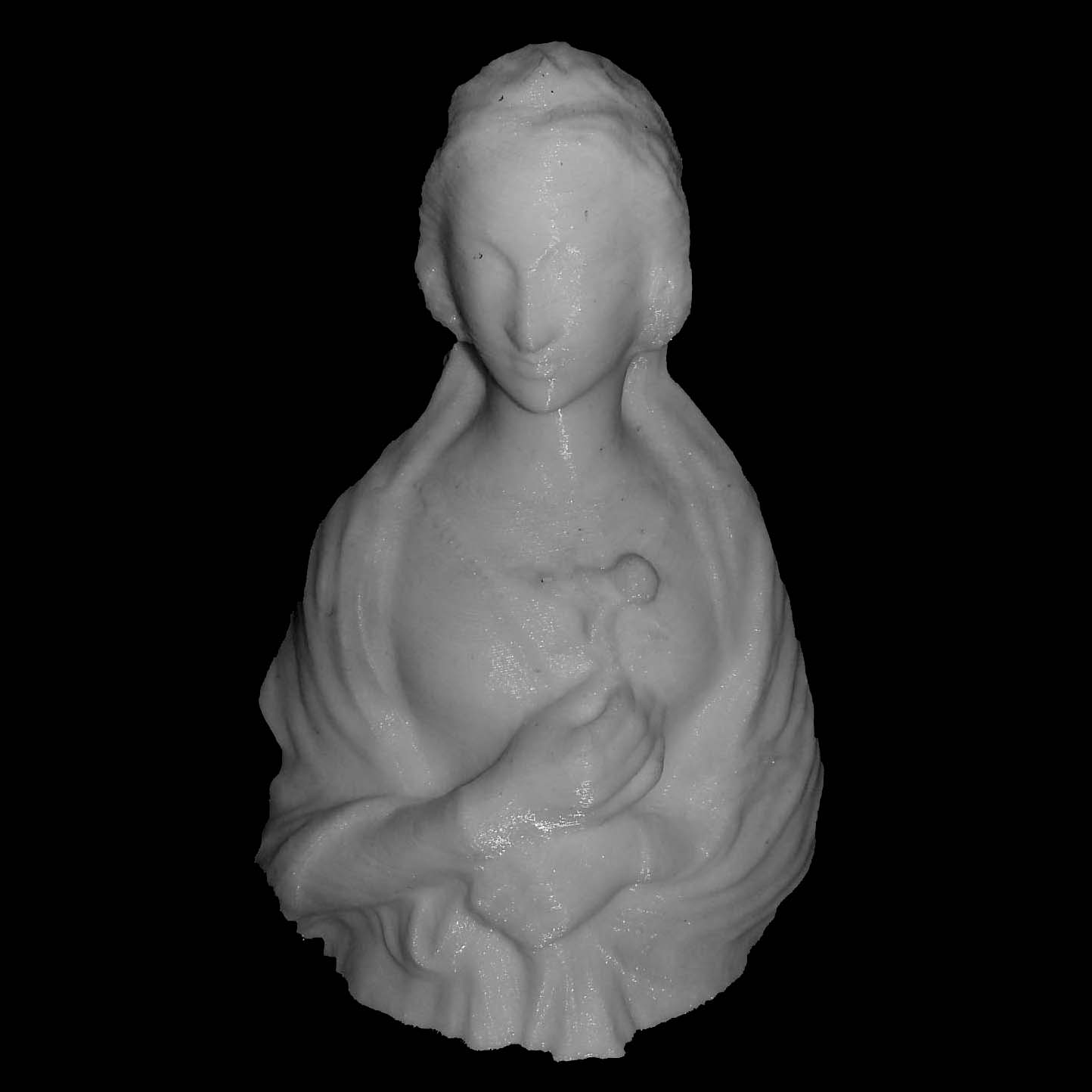
Bust of Giovane Donna Con Rose in Florence, Italy
myminifactory
Giovanni Bastianini was a renowned Italian sculptor born on September 17, 1830. He started his career as a skilled stonecutter in the quarries of Fiesole before being sent to Florence by Francesco Inghirami to study under Pio Fedi and later Girolamo Torrini. While studying with Torrini, Bastianini worked on a statue of Donatello for the Uffizi portico. Bastianini's name became synonymous with art forgery after his widely publicized unmasking as a master forger. His admiration for Renaissance sculpture served as his primary inspiration throughout his career. From 1848 to 1866, Bastianini was under contract with Giovanni Freppa, a Florentine antique dealer who supplied him with casts and models in exchange for numerous neo-Renaissance works, particularly busts and bas-reliefs in the style of Donatello, Verrocchio, Mino de Fiesole, and other Italian Old Masters. Bastianini's collaboration with Freppa escalated their ambitions in the early 1860s. Following the success of Bastianini's bust of Savonarola, which was carefully coloured and aged by Gaiarini and placed in Inghirami's Florentine villa where it was "discovered" by Capponi and purchased for the nation, Bastianini crafted a portrait bust of Girolamo Benivieni commissioned by Freppa. The piece was exhibited to great acclaim in Paris as "school of Verrocchio" and purchased by comte de Nieuwerkerke for the Louvre at auction for 13,600 francs. None of Bastianini's pieces had been suspected of being inauthentic until Freppa revealed the deception due to his resentment over not receiving his agreed-upon percentage of the exaggerated price paid by the Louvre Museum. The Paris press made hay, but many owners of Bastianini's pastiches stood by the artistic value of the works. Giovanni Costa, who had contributed to the funding of the Savonarola purchase, expressed relief that the artist was still alive. In 1864, the Victoria and Albert Museum in London knowingly purchased a sculpture by Bastianini as an example of modern work inspired by the best of the past; it is exhibited with other works by Bastianini formerly thought genuine. Bastianini's tin-glazed terracotta Portrait of a Lady in the Della Robbia technique was authenticated by Bernard Berenson as a "15th century Della Robbia bust of Marietta Strozzi." The piece found its way to the Isabella Stewart Gardner Museum, Boston through Joseph Duveen. This object is part of "Scan The World," a non-profit initiative introduced by MyMiniFactory that aims to create a digital archive of fully 3D printable sculptures, artworks, and landmarks from across the globe for public access. Scan the World is an open-source community effort, and interested individuals can contribute by emailing stw@myminifactory.com. The object was scanned using photogrammetry and processed with Agisoft PhotoScan.
With this file you will be able to print Bust of Giovane Donna Con Rose in Florence, Italy with your 3D printer. Click on the button and save the file on your computer to work, edit or customize your design. You can also find more 3D designs for printers on Bust of Giovane Donna Con Rose in Florence, Italy.
